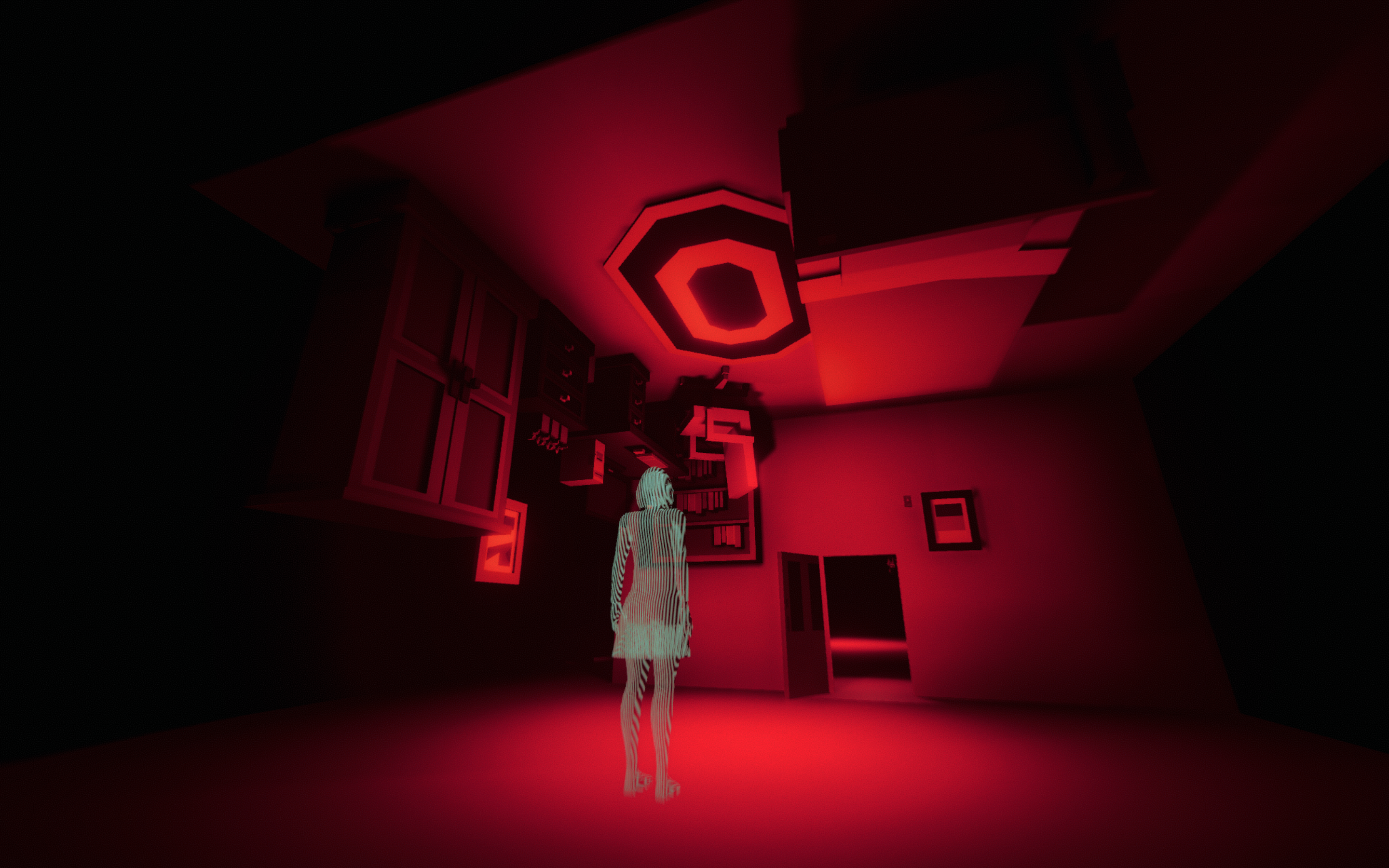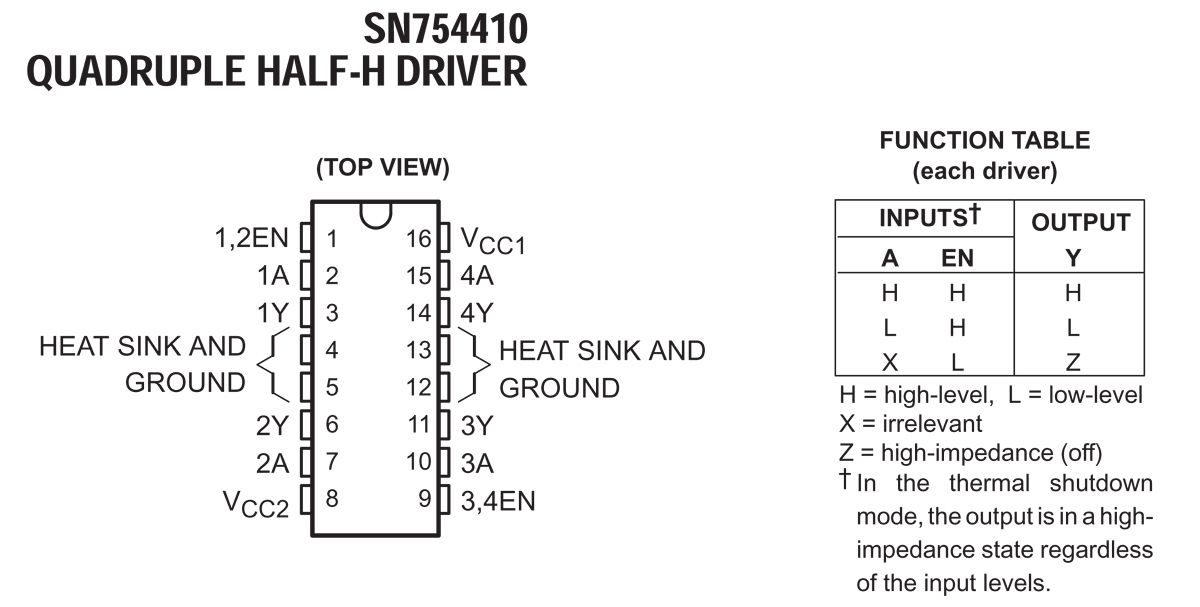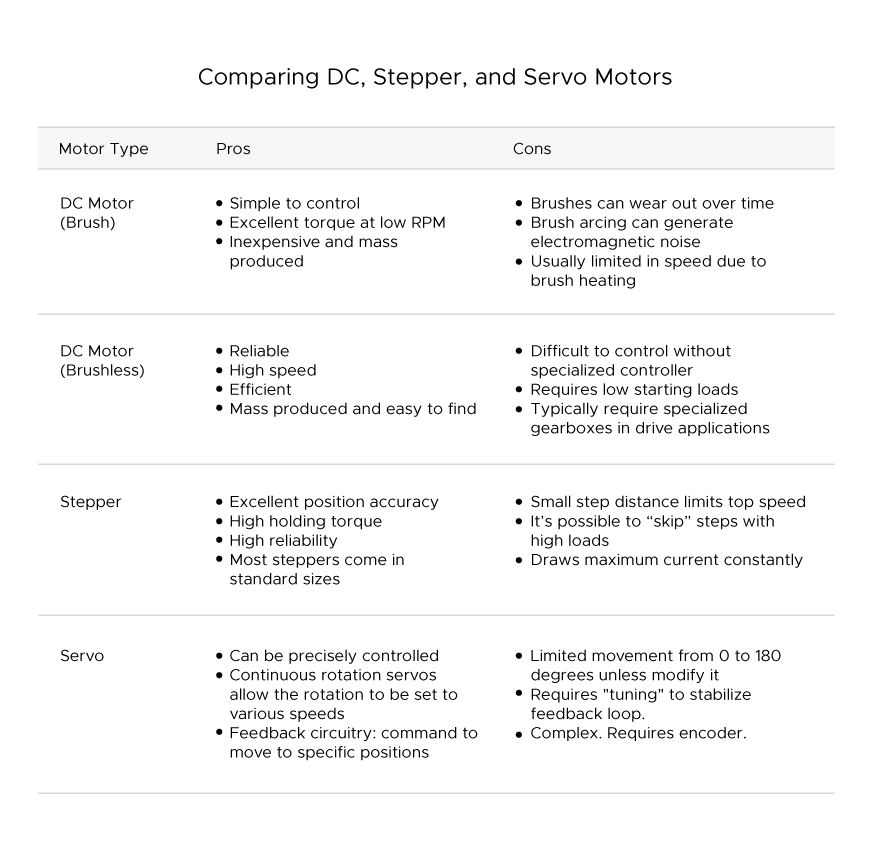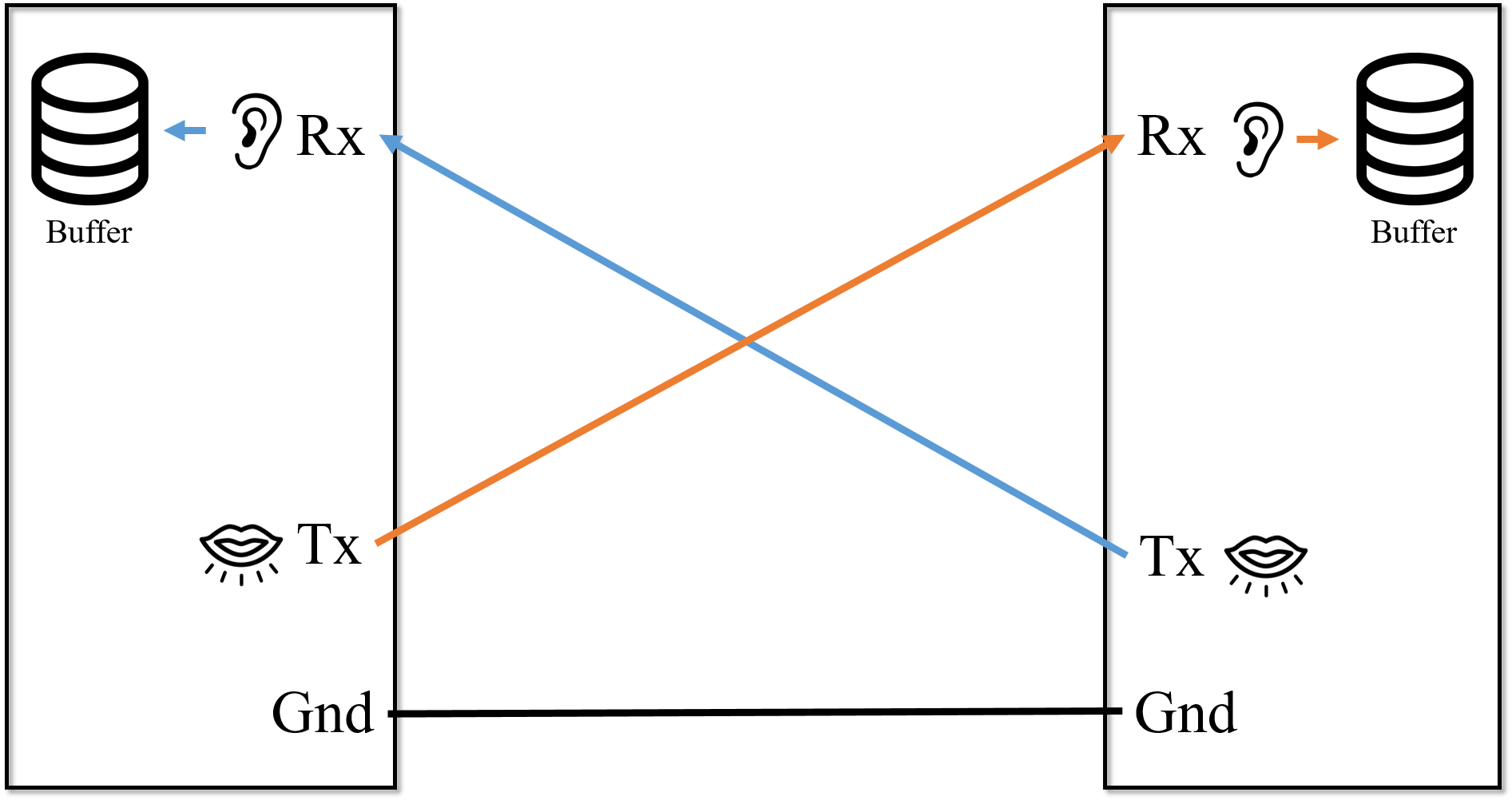Title of this project
Storytelling Soundsystem of “Silence Breaker : One Survivor’s Story”
Presentation
Concept
In the midst of current #metoo movement, I’d like to focus on domestic abuse particularly for this design project. We are facing significant moments of women’s right against sexual abuse in these current issues, and there are needs to bring about more positive effects to society than just mere attentions. I would like to bring up domestic abuse against women and children for my design project because sexual abuse in domestic area could be the most hidden, and deluded part.
One of a common myths associated with DA (Domestic Abuse) is that victims of DA are helpless, passive and fragile. However, survivors are often strong, and use a number of coping strategies to manage their situation. But society’s traditional approaches to survivors such as victim blaming, stigmatization, and pathologizing make obstacles to let them speak out. Also survivors are at risks such as retaliation from perpetrators and losing their life foundations. Through this design project, I’d like to call for a change to society to the level of acting out.







